Welcome to Dan’s Plumbing! If you’re experiencing mystifying bathroom plumbing issues or simply looking forward to enhancing your knowledge about bathroom plumbing, then you’re at the right place. We have collated a comprehensive list of 30 topics regarding bathroom plumbing dos and don’ts to help you flush with confidence. So, without further ado, let’s delve into the first ten items on our list.
Contents
- 1. Install Water-Saving Fixtures
- 2. Avoid DIY Major Projects
- 3. Schedule Routine Inspections
- 4. Utilize Plunger Correctly
- 5. Repair Leaks Promptly
- 6. Don’t Ignore Water Pressure
- 7. Unclog Drains Properly
- 8. Don’t Abuse Garbage Disposal
- 9. Use Drain Screens
- 10. Don’t Neglect Septic Systems
- 11. Monitor Water Heater
- 12. Never Over-Tighten Fittings
- 13. Do Routinely Clean Showerheads
- 14. Don’t Use Chemical Drain Cleaners
- 15. Follow Local Plumbing Codes
- 16. Never Pour Grease Down Drain
- 17. Do Winterize Outdoor Taps
- 18. Don’t Ignore Persistent Problems
- 19. Check Pipes Regularly
- 20. Don’t Leave Hoses Connected
- 21. Replace Old Pipes
- 22. Don’t Flush Non-Degradable Items
- 23. Install a Water Softener
- 24. Don’t Dispose Medicines in Toilet
- 25. Get Familiar with Main Valve
- 26. Don’t Ignore Dripping Taps
- 27. Test Sump Pumps Regularly
- 28. Don’t Overlook Slow Drains
- 29. Secure Pipes from Freezing
- 30. Hire Professional Plumbers
- Wrapping Up
1. Install Water-Saving Fixtures
Commercial Australian bathrooms are increasingly taking advantage of water-saving fixtures. These modern fixtures come with innovative technology that significantly lessens the amount of water used per flush without compromising performance. Additionally, installation is often straightforward, which avoids the need for major changes in your existing plumbing system. Just remember that professional help is advised to enjoy warranty benefits.
2. Avoid DIY Major Projects
We all love a good DIY project but some things are best left to professionals. Typically, large-scale plumbing projects may require approval under civil law or private law, especially if they involve significant changes to your home’s structural integrity or proprietary software, so it’s important not to breach these regulations. Additionally, major bathroom renovations could void your home warranty or even insurance indemnity due to non-compliance with building codes.
3. Schedule Routine Inspections
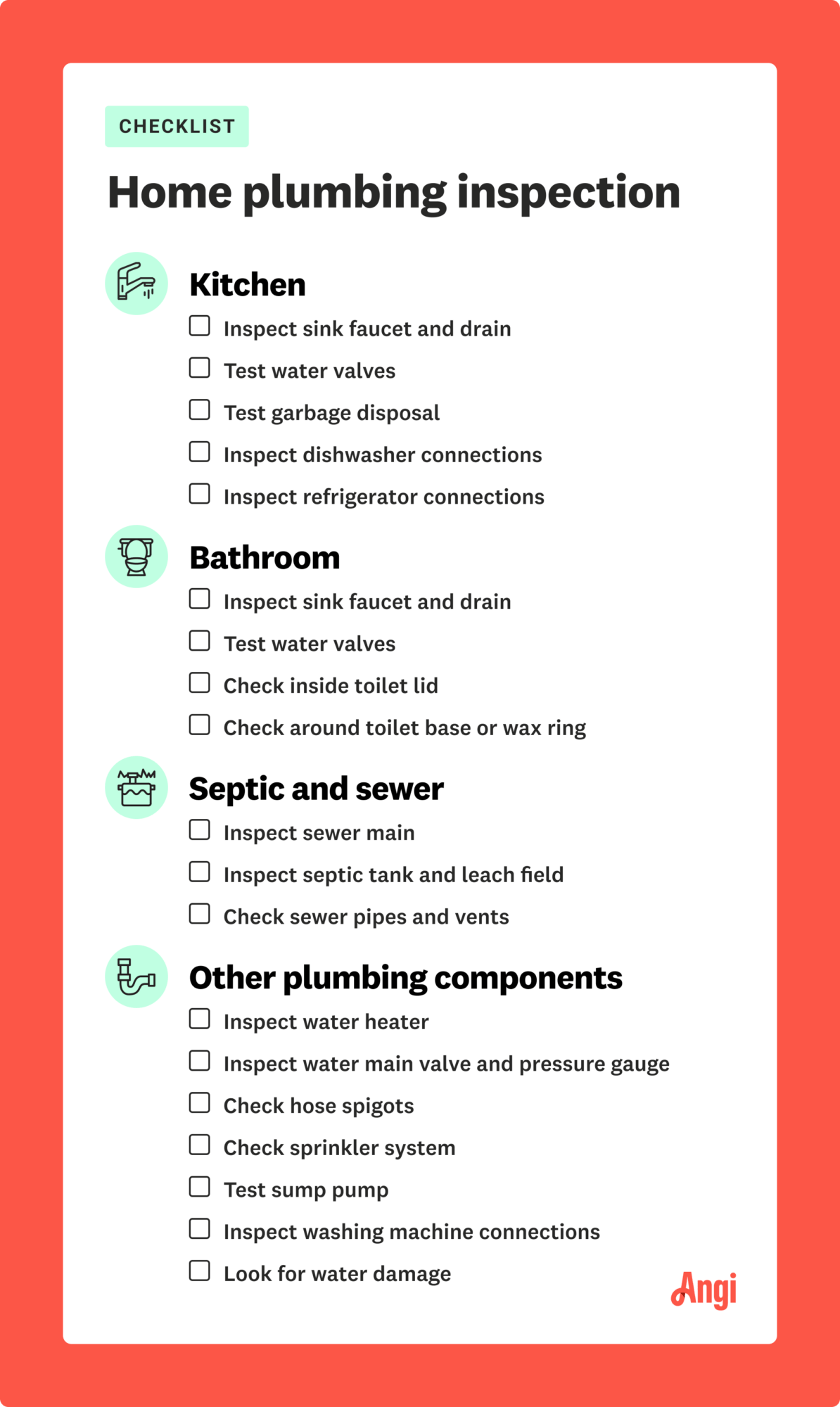
Routine inspections facilitate early detection of possible problems before they get expensive to fix or cause significant damage. For instance, if you’ve invested in a commercial property, business laws may require you to adhere to an agreed schedule for routine inspections. Conducting these inspections also aids in managing your commercial asset and avoiding potential breaches of contract.
4. Utilize Plunger Correctly
A plunger is a frequently discounted tool among homeowners, but its importance in bathroom plumbing cannot be overstated. Using it correctly can help clear minor clogs effortlessly, saving you the futile attempts of restarting your internet browsers like Google Chrome, Safari, or Firefox looking for solutions.
5. Repair Leaks Promptly
Water leaks should never be ignored as they lead to wastage of water and increase your utility bills. The cost for repairing these leaks is similar to paying off a credit card balance – the earlier you do, the cheaper the cost. Like business law, where you need to pay outstanding debts immediately, similarly with plumbing leaks – paying attention to the problem at hand saves money.
6. Don’t Ignore Water Pressure

While most people enjoy high water pressure for showers or baths, it’s not always good news. High water pressure might be a sign of an issue within your system similar to how higher cache in computing might indicate an underlying issue. Lowering the water pressure can protect your pipes from unnecessary strain and avoid costly repairs.
7. Unclog Drains Properly
The advertisements make drain cleaning solutions seem like the hero we all need, but most are highly corrosive and can damage your pipes if used indiscriminately. Instead, using a plunger or a plumber’s snake will often do the trick without any risk to your plumbing system. Kindly remember that technology isn’t always the answer and use common sense practices.
8. Don’t Abuse Garbage Disposal
We’ve all been guilty of treating our garbage disposal likes its invincible at some point or another. However, misuse can shorten its lifespan or cause unwanted clogs in your drain. This falls under implied warranty where misusing a product effectively waives off any guarantees or protections provided by the manufacturer.
9. Use Drain Screens
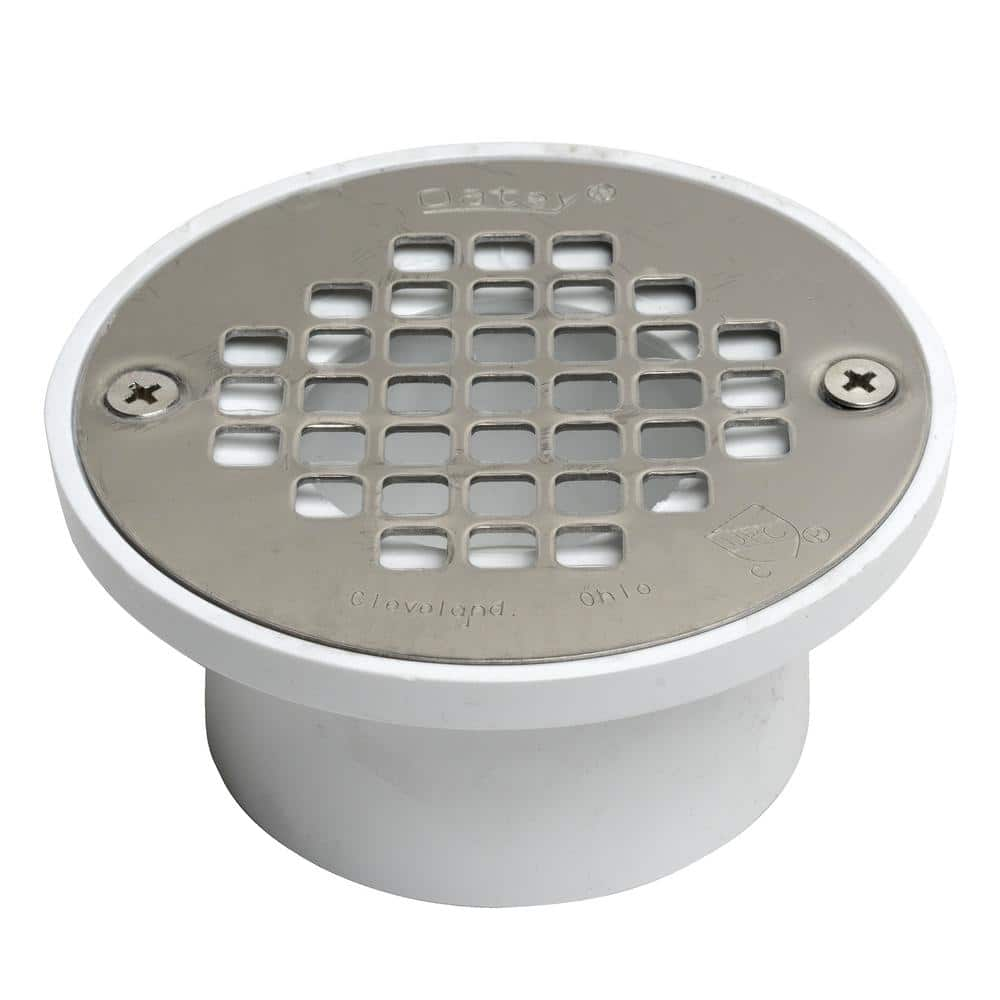
One of the easiest ways to prevent unwanted clogs is by using drain screens. These handy tools block material that can create blockages but still allows water to flow. Using a drain screen is like setting up a strong password – it keeps unwanted elements out and only allows the needed things to pass through.
10. Don’t Neglect Septic Systems
Failing to maintain or periodically pump out your septic system can lead to costly issues down the road. Ignorance in this matter is equivalent to ignoring an overdue credit card payment; you stand to lose a lot more in the long run. To avoid potential health hazards and costly repairs, stick to the advised maintenance schedule set by your septic system service provider.
11. Monitor Water Heater
First off, let’s talk about our water heaters. A crucial aspect of your bathroom plumbing management that you need to constantly monitor. Keeping an eye on your system can prevent a potential “breach of contract” with your heater, so to speak. More importantly, it can save you from unforeseen breakdowns and significant maintenance costs. Just as business law requires regular audits and monitoring, the same principle applies to water heaters too. Prevention is better than extensive (and expensive) repairs.
12. Never Over-Tighten Fittings
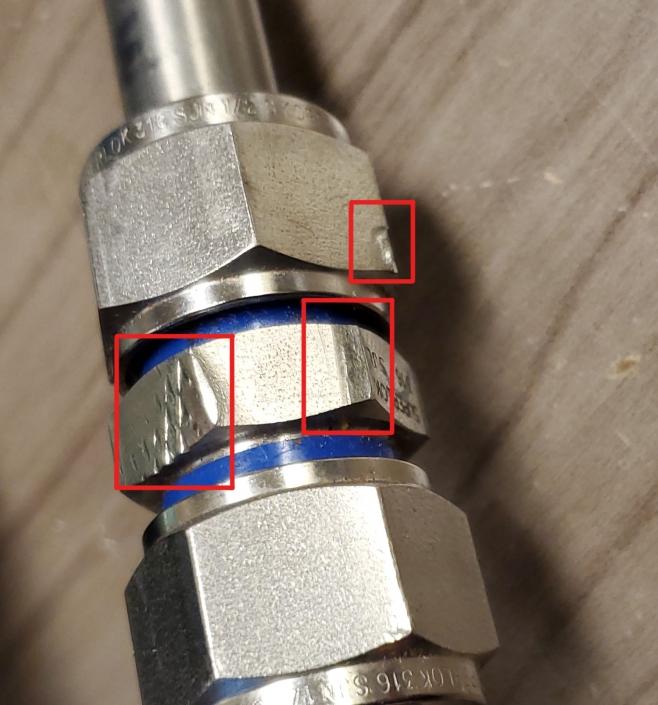
In the spirit of copyright and proprietary software regulations, there is a common law in the world of plumbing: never over-tighten fittings. This rule should be seen as your implied warranty when installing or fixing any pipe fitting in your bathroom. Think of over-tightening like setting a difficult password—you might think you’re making things more secure, but in reality, you could be causing more problems down the line.
13. Do Routinely Clean Showerheads
Take it from me; routine cleaning of showerheads isn’t just recommended—it’s essential. Much like regular software updates on your technology devices like Google Chrome or Firefox, this ensures optimal performance and longevity. A buildup of limescale can clog up your showerhead and cause low pressure, similar to how an overloaded cache can slow down Safari web browsers for Mac users.
14. Don’t Use Chemical Drain Cleaners
Chemical drain cleaners—it’s a big no-no on our list! It’s akin to using internet explorer in the era of advanced browsers—outdated and potentially harmful. These chemicals are not only harmful to your pipes but also environmentally unfriendly, much like certain music download services are to artist copyright laws. When problems arise, your first instinct should not be to douse them in corrosive chemicals.
15. Follow Local Plumbing Codes
When it comes to plumbing, we must follow the ‘laws,’ in this case, the local plumbing codes. Compare these with terms of service we might find when using software or online service – they are guidelines designed to guarantee safety and efficiency, protect public health and ensure a proper connection with the main city sewer. Just as bypassing a software license leads you down a dangerous road, so does ignoring your local plumbing codes.
16. Never Pour Grease Down Drain
A regular home indemnity akin to business law is this: never pour grease down the drain. Doing so will solidify and clog your pipes over time, acting much like a stubborn logo that refuses to be removed from a trademarked product.
17. Do Winterize Outdoor Taps
In a way, winterizing your outdoor taps can be compared to securely setting passwords on your devices—it’s all about preparedness and protecting what’s important from potentially devastating damage (like frozen pipes!). Just as information and business remain secure when protected, plumbing systems also need the same level of protection against harsh winter conditions.
18. Don’t Ignore Persistent Problems
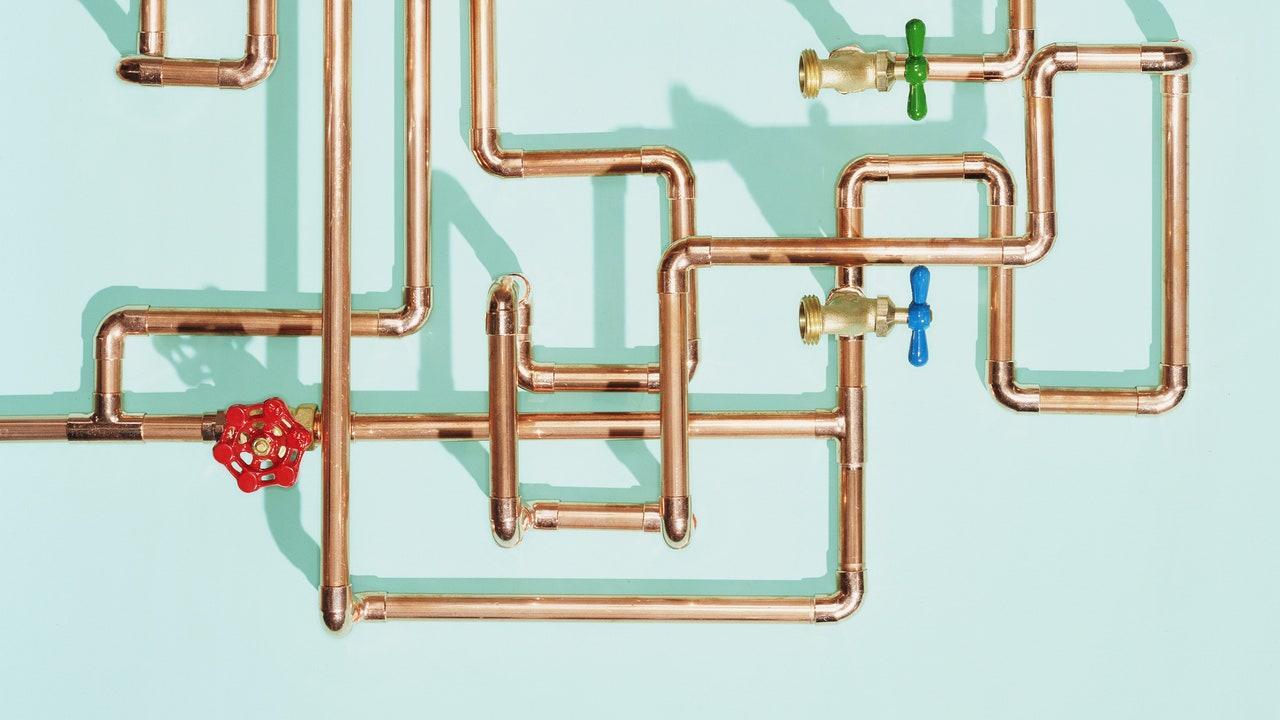
Ignoring persistent problems may be as harmful to your bathroom as disregarding warranty issues in credit card terms or software licenses – it costs you more in the long run! If you notice your tap constantly dripping, don’t turn a blind eye—prolonged leaking can lead to more severe (and more costly) damage.
19. Check Pipes Regularly
Much like performing weekly checks for updates in internet technologies such as Google Chrome or Firefox, performing regular checks on your pipes can save you a lot of trouble. This is the best way to spot any leaks, damage, or blockages early on before they become significant problems.
20. Don’t Leave Hoses Connected
Finally, disconnecting hoses after use is the digital equivalent of clearing your cache—it helps prevent backflow and other potentially dangerous situations. Remember that water that has been sitting in your garden hose may contain bacteria, and when this water flows back into your plumbing system, it can cause contamination.
21. Replace Old Pipes
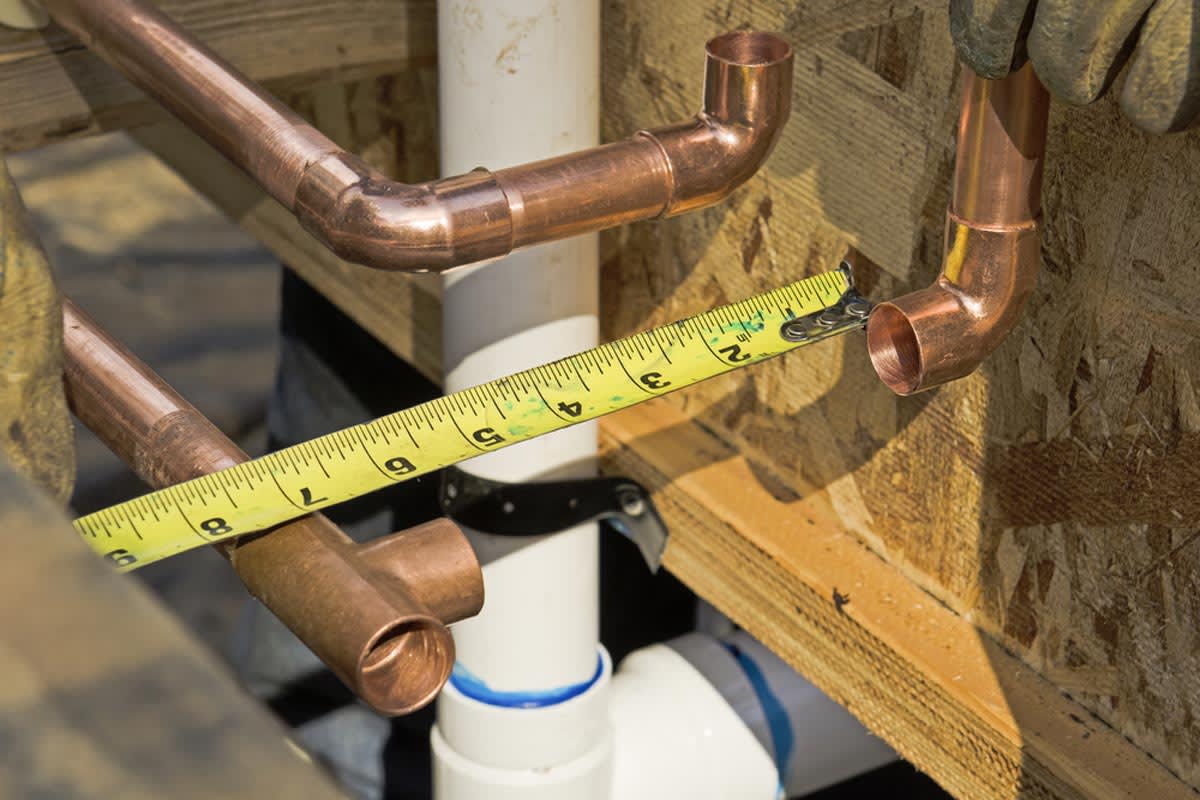
Plumbing doesn’t last forever, and one major aspect of maintaining your bathroom plumbing is to replace old pipes. Over time, metal pipes can corrode, and plastic ones can become brittle, leading to leaks and bursts. Replacing these old pipes can be a significant task, but it’s necessary to avoid potential water damage or wastage. Always use durable, high-quality materials that comply with Australian regulations. This would ensure your plumbing system’s longevity and could save you from expensive repairs.
22. Don’t Flush Non-Degradable Items
A common mistake many people make is flushing non-degradable items down the toilet. These items include hygiene products, wipes, or even thick paper towels. These items don’t break down easily and can cause blockages in your pipes. Ensure that only human waste and toilet paper enter your pan – anything else should go in the rubbish bin.
23. Install a Water Softener
In some areas of Australia where the water supply is hard (rich in minerals), it would be sensible to install a water softener. Hard water leads to limescale buildup in your pipes, decreasing their effectiveness over time and potentially creating damaging blockages. A water softener reduces mineral content, extending the lifespan of your bathroom plumbing fixtures and enhancing water flow.
24. Don’t Dispose Medicines in Toilet
I cannot stress this enough – Do not dispose of leftover medicines in the toilet! These chemicals could affect the water quality adversely as they might not be fully removed during wastewater treatment, which indirectly affects our environment – something we Aussies are quite particular about!
25. Get Familiar with Main Valve
Knowing where your home’s main valve is located and how to turn it off can save you from significant water damage in the case of a pipe burst. Remember, in Australia we usually have these outdoors due to our climate, so ensure you’re familiar with its location and operation.
26. Don’t Ignore Dripping Taps
Dripping taps can be a massive waste of water if not attended to promptly. They can also indicate something more serious, like a fault in your pipes or water pressure problem. Call in a professional plumber before these small leaks lead to bigger problems.
27. Test Sump Pumps Regularly
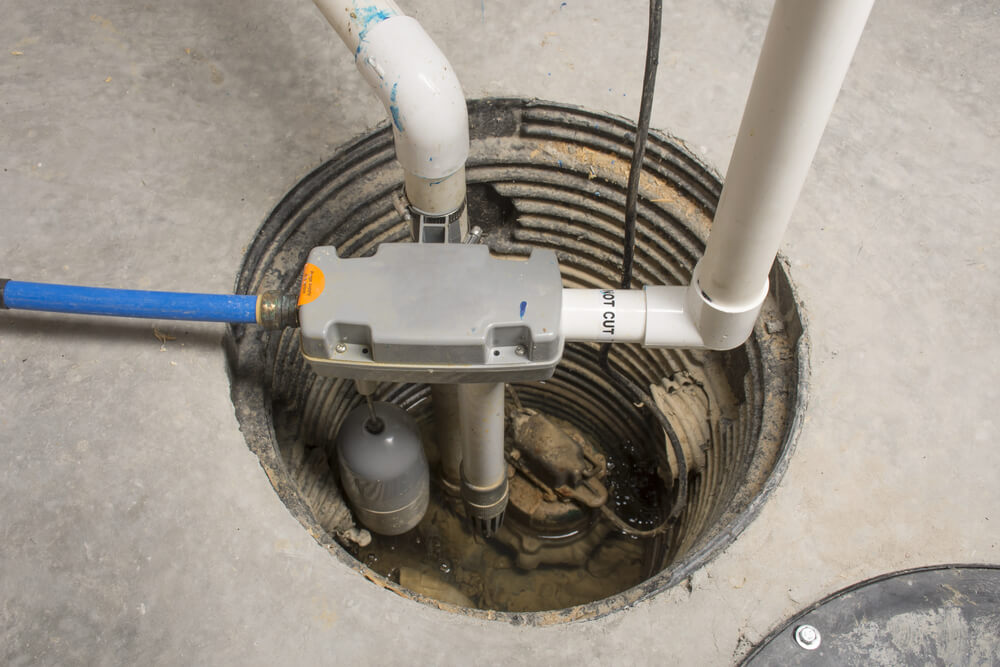
If you’ve got sump pumps installed, make sure to test them out regularly, particularly before periods of heavy rain. Sump pumps play a crucial role in preventing water accumulation in your basement or low ground floors. To test, simply pour a few litres of water into the pit – the pump should begin removing it immediately.
28. Don’t Overlook Slow Drains
An easy-to-ignore sign of potential plumbing problems is a slow drain. This could signify blockages that would need immediate cleaning; else, they may end up completely blocking your pipes! A usual baking soda and vinegar mixture should do the trick for minor clogs; for major ones, consider hiring an expert.
29. Secure Pipes from Freezing
Although freezing temperatures are unusual in most parts of Australia, in certain regions they are keenly felt. If you live in such an area, ensure that outdoor pipes are well-insulated against frost, as frozen pipes can crack easily.
30. Hire Professional Plumbers
Last but not least, while there is plenty you can do yourself to maintain your bathroom plumbing system, it’s always best to have your system checked regularly by a professional. They have the expertise to spot and fix problems before they become major headaches, saving you both time and costly repairs.
Wrapping Up
Now that you’re armed with the dos and don’ts of bathroom plumbing, it’s time to put these into practice. Complacency is the biggest enemy when it comes to home maintenance, so act immediately if you notice any unusual goings-on. And remember – when in doubt, always trust a professional plumber!
Related posts:
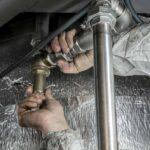 Kitchen Confidence: Mastering Basic Plumbing Maintenance and When to Call the Experts
Kitchen Confidence: Mastering Basic Plumbing Maintenance and When to Call the Experts
 Cook Up Confidence: Basic Kitchen Plumbing Dos and Don’ts
Cook Up Confidence: Basic Kitchen Plumbing Dos and Don’ts
 Bathroom Brilliance: Expert Plumbing Maintenance Tips for Every Homeowner
Bathroom Brilliance: Expert Plumbing Maintenance Tips for Every Homeowner
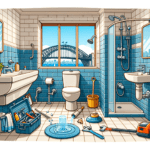 Shower Savvy: Basic Tips for Common Sydney Bathroom Plumbing Problems
Shower Savvy: Basic Tips for Common Sydney Bathroom Plumbing Problems
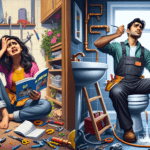 DIY Disaster or Pro Plumbing? When to Call in the Experts for Bathroom Projects
DIY Disaster or Pro Plumbing? When to Call in the Experts for Bathroom Projects
 Dan’s Plumbing Tips for a Smooth-Running Kitchen Sink
Dan’s Plumbing Tips for a Smooth-Running Kitchen Sink



